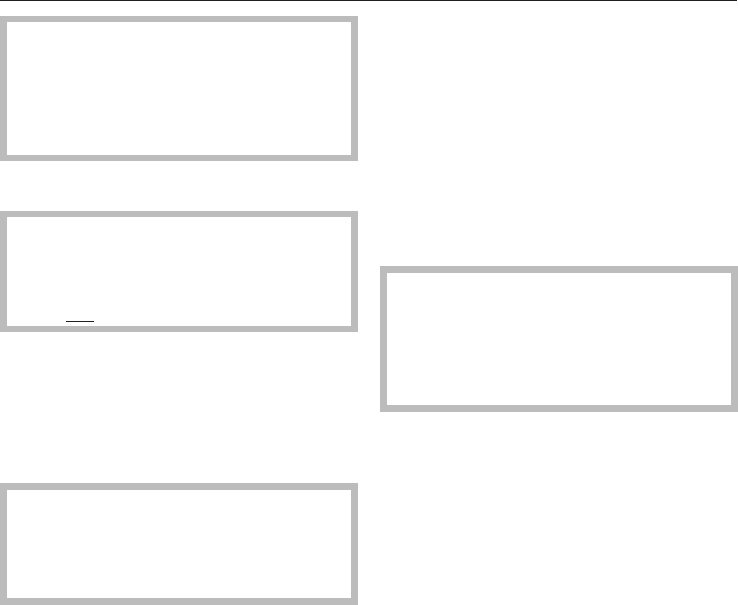
Before cleaning or servicing the
hood, disconnect it from the power
supply by either removing the fuse,
unplugging it from the outlet or man
-
ually "tripping" the circuit breaker.
Cleaning the casing
Warning: Never use abrasive clean
-
ers, scouring pads, steel wool or
caustic (oven) cleaners on the hood.
They will
damage the surface.
^
All external surfaces and controls can
be cleaned with warm water and liq-
uid dish soap applied with a soft
sponge.
^ Wipe dry using a soft cloth.
Do not use too much water when
cleaning the controls. Water could
penetrate into the electronics and
cause damage.
^
Glass surfaces can be cleaned using
glass cleaner.
Avoid:
–
cleaning agents containing soda, ac
-
ids or chlorides,
–
abrasive cleaning agents e.g. pow
-
der or cream cleansers,
–
abrasive sponges, e.g. pot scourers
or sponges which have been previ
-
ously used with abrasive cleaning
agents.
These will damage the surface.
Stainless steel
Stainless steel surfaces can be cleaned
using a non-abrasive stainless steel
cleaner.
To help prevent resoiling, a conditioner
for stainless steel can also be used.
Apply sparingly with even pressure.
Stainless steel colored controls
These controls may become discol
-
ored or damaged if not cleaned reg
-
ularly.
Do not use a stainless steel cleaner
on these controls.
Cleaning and Care
13


















